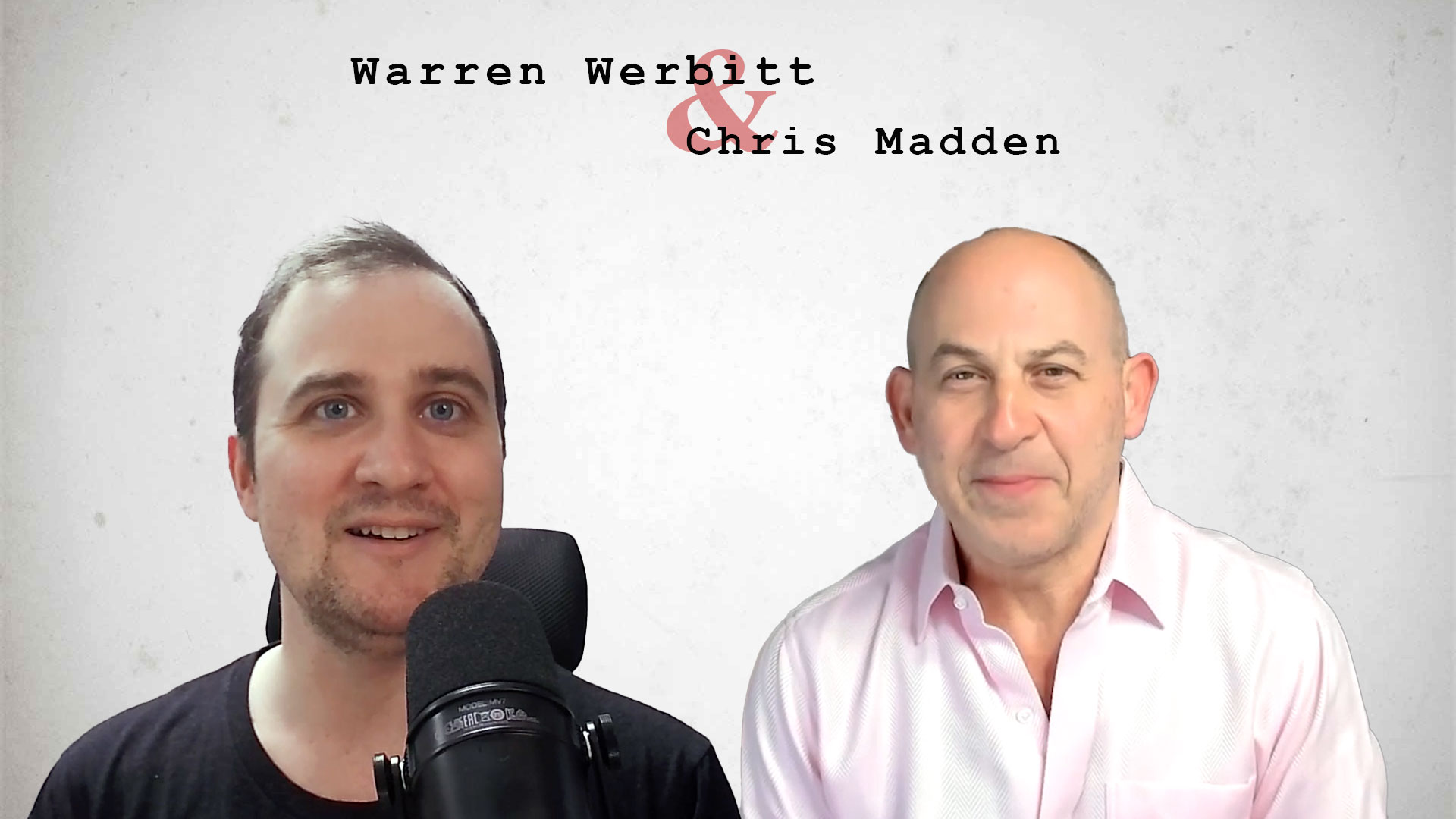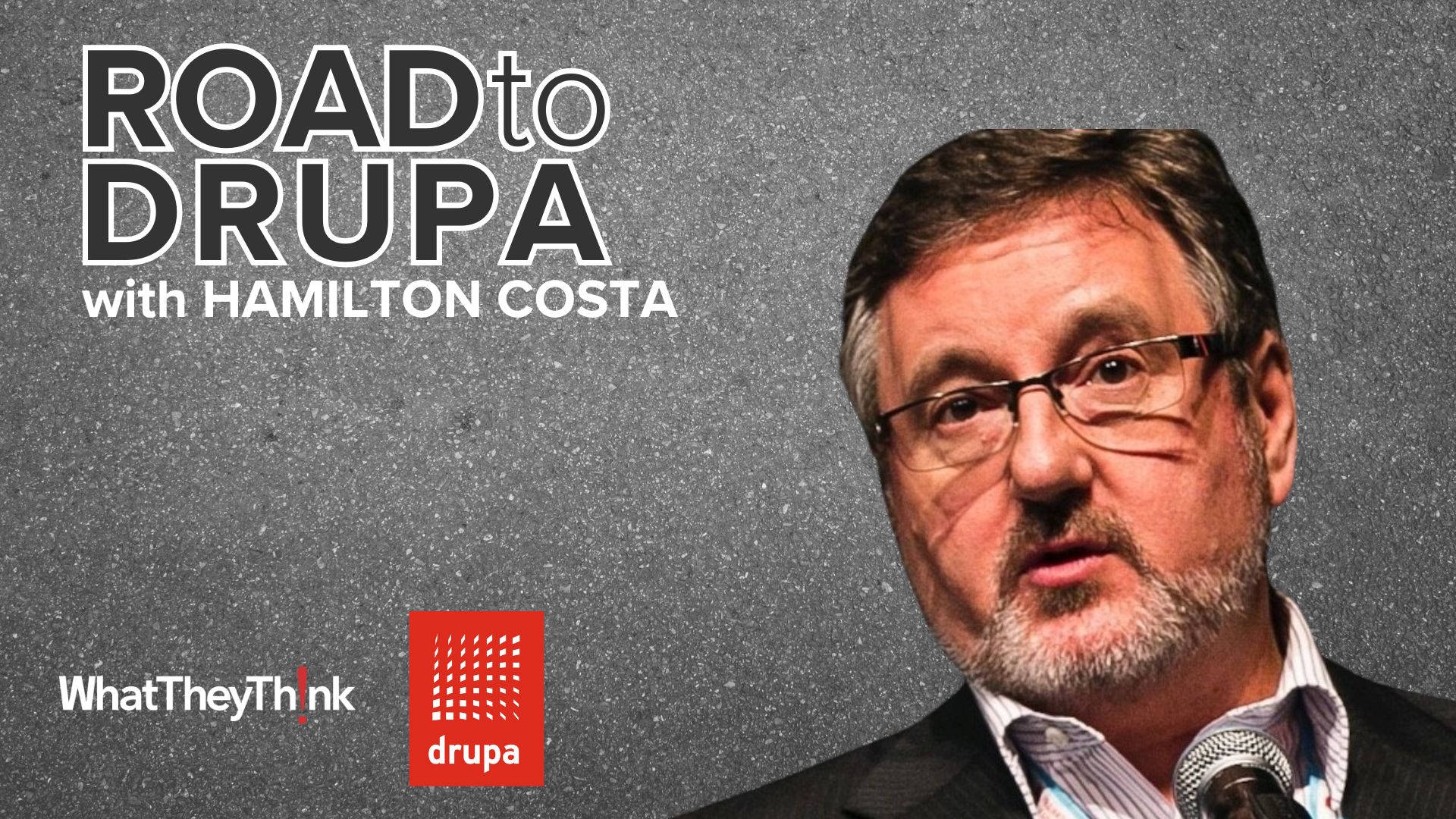 .
In Partnership with:
.
In Partnership with:![]()
Co-sponsored b![]() y:
y:
. .
![]()
 Green Books N Binders was the winner of the 2010 WhatTheyThink Environmental Innovation Award for Beyond Environmental Sustainability, which recognized a company that has developed a leading-edge solution or initiative involving unique creativity; for example, a biodiesel “still” to create alternative power sources, employee garden plots, or other unusual projects. Jerome Elion, V.P. of Marketing for Green Books N Binders, tells about his company's award-winning project:
Green Books N Binders was the winner of the 2010 WhatTheyThink Environmental Innovation Award for Beyond Environmental Sustainability, which recognized a company that has developed a leading-edge solution or initiative involving unique creativity; for example, a biodiesel “still” to create alternative power sources, employee garden plots, or other unusual projects. Jerome Elion, V.P. of Marketing for Green Books N Binders, tells about his company's award-winning project:
Binders are used every day by businesses of all sizes. Unfortunately, the production, distribution, storage and recycling remains inefficient and harmful to the environment. Assembly of traditional binders begins with several cardboard pieces covered in vinyl and sealed together with a heat press. A riveting machine is used to permanently attach metal rings to the binders. These binders ship pre-assembled in alternating directions and over-sized packaging is needed to accommodate them. These oversized boxes take up excessive space (and contain a lot of unused space), making stacking pallets of binders impossible and shipping costs exorbitant. They also require large amounts of fossil fuel to create, package, ship and store. When the end user receives the binders, they are typically stored in a warehouse or a supply closet in offices where real estate cost is a premium. At the end of the product life cycle it is nearly impossible to recycle the various components (cardboard, vinyl, clear overlay and ring mechanism) and many binders end up in landfills. Overall the process is inadequate, especially for a product that is used daily by nearly every business. The Low-Carb Binder™ addresses all of these issues and then some. This groundbreaking product is made of recycled material and is fully recyclable. Low-Carb Binders ship flat and are easily assembled when needed, thanks to a snap-in fastener securing the recycled metal ring mechanism to the vinyl-free base. To dispose of the binder, simply snip the fastener and free the metal from the chipboard so the can be recycled in the appropriate receptacles. This product is about to change production and usage of binders as we know them today. The entire process is less expensive, reducing fossil fuel required to manufacture, package, distribute and store. Best of all, it is made of recycled material and is fully recyclable. Green by design, Green Books N Binders provides businesses of all sizes with practical sustainable print solutions. The Low-Carb Binder is by far the most innovative product to date. It combines various technologies to deliver a superior product that improves the current production, distribution, usage and recyclability of a very commonly used product. Throughout every step of the product life cycle, we’ve applied our know-how to create an eco-friendly product and greener processes, reducing carbon footprint and minimizing environmental impact. The combination of these factors contributes to the technology breakthrough. This is all we do and this is why we do it best.Benefits of the Low-Carb Binder
The environmental benefits are obvious. The Low-Carb Binder drastically reduces companies’ carbon footprint and usage of fossil fuels. It minimizes the energy used to produce, package, distribute. It also reduces storage requirements and enables recycling. In today’s economy, very few manufacturers factor the environmental cost of a product or service into the retail price. If you were to factor in the environmental impact of a product from early design to withdraw from marketing, without forgetting cost associated with carbon neutral recycling computers would not be $499, flat screen TVs would not be $799 and SUVs would not be $35,000. Products manufactured in the Far East would probably be far less competitive and the overall product design would be significantly different, using different raw material for different attributes than landed cost. The question is what unit of measure should be used to quantify the cost of a good including the environmental impact, or quantify the benefit from one product versus another? Monetary cost (in dollars) is one way. You can account for all of the cost involved. Another way to assess total cost is through energy costs (in kilowatts); energy to harvest, produce, manufacture, distribute, use and dispose. Both schools of thought are relatively new. There are no standards for valuating and converting to a unit of measure. The process is also quite complex, often the work of universities or environmental specialists. Some factors like cubic footage and transportation cost of the Low-Carb Binder are easy to quantify, but energy value of a pallet of binders in a warehouse, binder boxes in a high rise building or quantifying the environmental impact of a vinyl binder in a landfill are more challenging. We have sought assistance from Andrew Mills, principal/chief engineer at MACTEC to help define a quantifiable unit of measure. We are evaluating our process every step of the way and determining conversion values. Whatever the reference and the exact quantification, it is obvious that we are using less material, less energy to produce and less fossil fuel to ship the product. We also reduce the amount of storage space required in warehouses and buildings that are being built, heated, cooled, maintained, etc. The Low-Carb Binder remarkably improves on what currently exists. The price and total cost of the binder is, as a consequence, more competitive.About Green Books N Binders Green by design, Green Books N Binders provides sustainable print solutions for businesses. Headquartered in Langhorne, PA, the web-based company is dedicated to providing eco-friendly printing for businesses while minimizing environmental impact. Green Books N Binders is active in the local eco-community, and is a member of the Sustainable Business Network of Philadelphia. Additional information can be found at www.GreenBooksNBinders.com.









